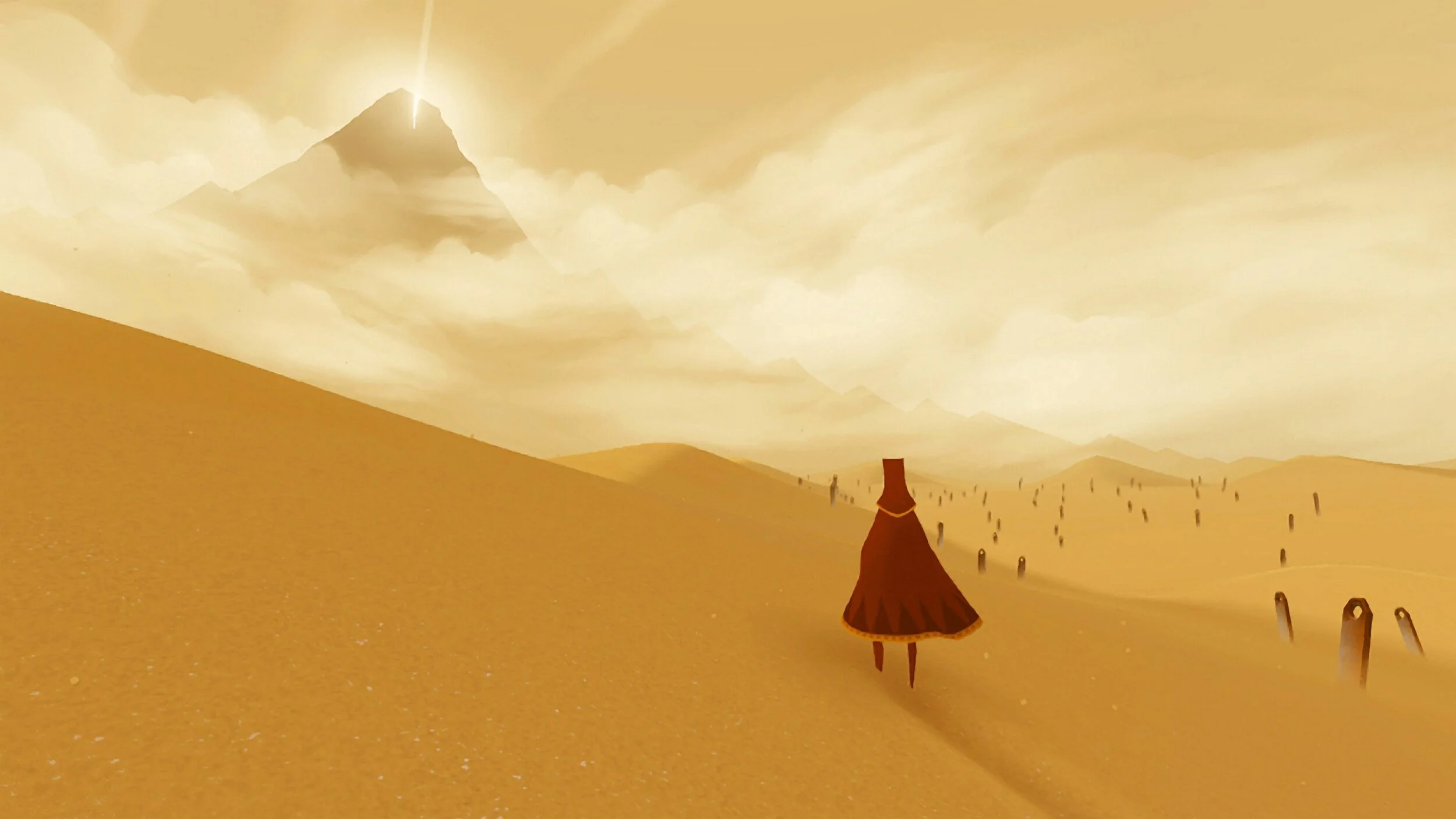While booking a flight online today, my parents gave me a call because they got stuck near the end of the process. The site wouldn't accept some input at the checkout screen, and they lost their booking and had to start all over. We set up a FaceTime call, and we walked through the process together.
As I went back over the airline's booking flow, it was full of a familiar set of usability issues: the credit card input wouldn't accept spaces, the site aggressively tried to create a new login and password, and the payment processing was done in a popup window by a third-party vendor.
It was a helpful reminder that there is so much straightforward, important usability work to be done on the web, and that we shouldn't ignore it in favor of what's fun and flashy. It's been decades since Jakob Nielsen published his 10 usability heuristics, and our understanding of usability has grown significantly since then. But companies will spend so much time and money on dramatic rebrands, unnecessary mobile apps, and complex new features instead of addressing well-known usability concerns.
Fixing usability issues may not make headlines or make a website look ostensibly different to customers. But it's perhaps the most important thing a company can start with, it may have the most important impact on a bottom line, and — from a customer service perspective — it's one of the most thoughtful things a company can do.










